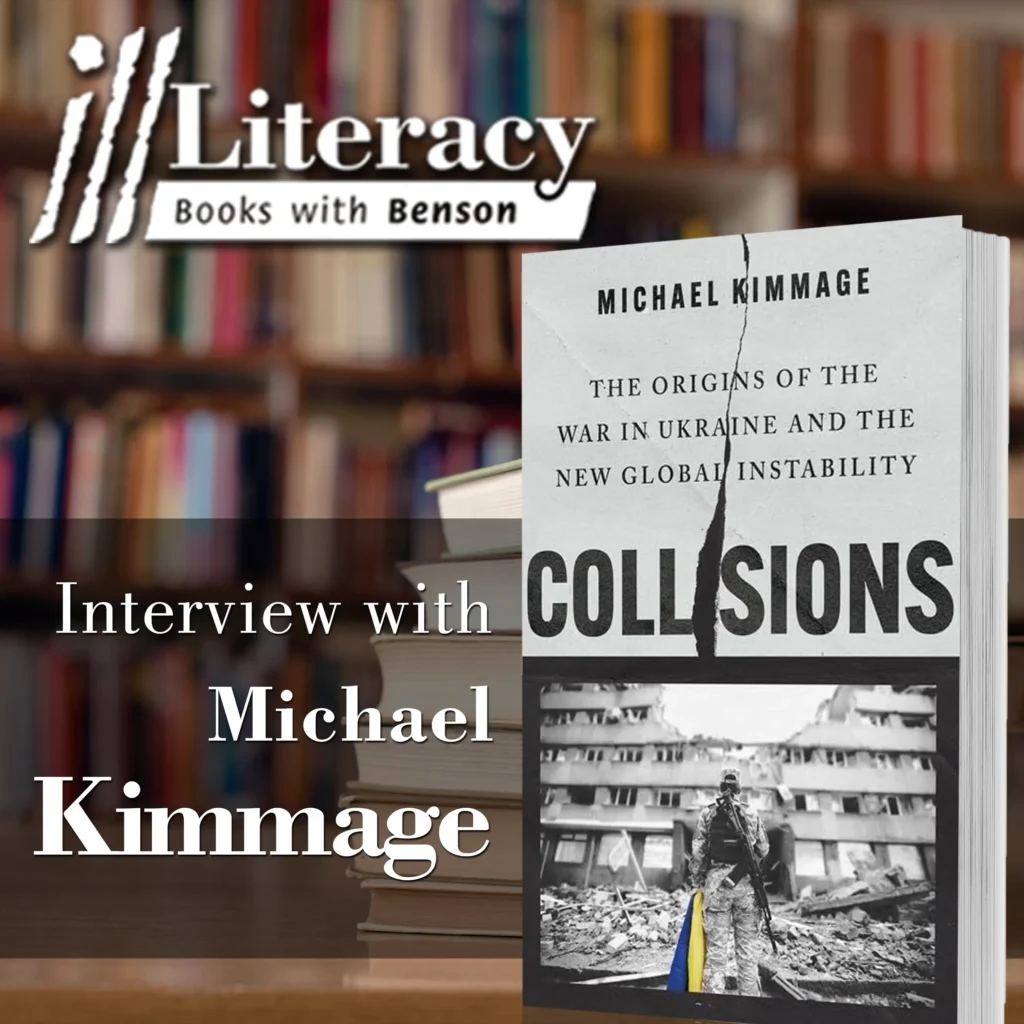Review of To Make and Keep Peace Among Ourselves and with All Nations, by Angelo M. Codevilla, Hoover Institution Press, 2014, 248 pages; ISBN-13: 978-0817917159: $13.04 on Amazon.com.
Ever since the dawn of time, war and peace, as well as the shades in between, have been an integral part of human history.
To Make and Keep Peace Among Ourselves and with All Nations, written by Angelo Codevilla, professor emeritus of international relations at Boston University, is a succinct and engaging summary and explanation of history’s most famous wars and how America’s foreign policy philosophy has shaped the course of history.
Codevilla’s brilliant imagery and writing style help the reader visualize the history of war, almost as vividly as if one were there on the battlefield. The tales of individual battles and wars, Codevilla says, are only part of a larger story of how the failures of nations’ leaders throughout history have led to war. Codevilla says these mistakes are often the result of a systemic problem inherent in the design of our current system of governance, rather than due to ineptitude or bad luck.
American Century
Codevilla says although the United States is powerful enough to establish a general foreign policy agenda that could result in relative world peace, the past century of U.S. foreign policy has been dominated by the ruling class, who has been investing too much time and resources in interfering with problems around the globe. Codevilla says this is done to advance their own personal and political interests, rather than to create lasting peace.
According to Codevilla, the rise and fall of the great civilizations of the past taught those who penned the U.S. Constitution the “divine Right of kings, is only one of the many rationales for subordinating the peoples’ natural interest in peace to the raison d’etat of self-aggrandizing governments.”
When laying down the foundation on which their new nation would rest, the Founding Fathers knew the executive branch was most likely to choose war over peace, because wartime maximizes the executive’s power above the other two branches of government.
American War, American Peace
The United States was not founded on a love of war, Codevilla explains. Citing The Federalist Papers and the authors’ back-and-forth debates that helped to hash out the very idea of an American nation, the author shows America’s founders were truly focused on establishing and preserving peace.
Codevilla says more than any other individual, John Quincy Adams was dedicated to the ideals enshrined in the Declaration of Independence. Adams had three primary directives for the development of the nation’s foreign policy: The assertion of America’s identity and interests; stopping troublesome forces from reaching our midst or even our vicinity; and third, as Adams himself wrote, the understanding that “what is nearest is dearest.”
Agents for America
Having explained the problem, Codevilla offers a solution. Instead of promoting the same kind of leaders who have caused seemingly endless foreign policy problems, Americans must look to “a new generation of statesmen who regard minding America’s business, acting as the American people’s fiduciary agent, minding America’s peace, and winning America’s wars … as a calling that absorbs the highest human talent and confers the highest honors.”
To Make and Keep Peace Among Ourselves and with All Nations is an illuminating primer on the history of war and peace in the American era, and it explains well how our elected officials have failed the American people by choosing the easier and self-beneficiary road over the road to true national greatness.
Jay Lehr, Ph.D. ([email protected]) is science director of The Heartland Institute.





